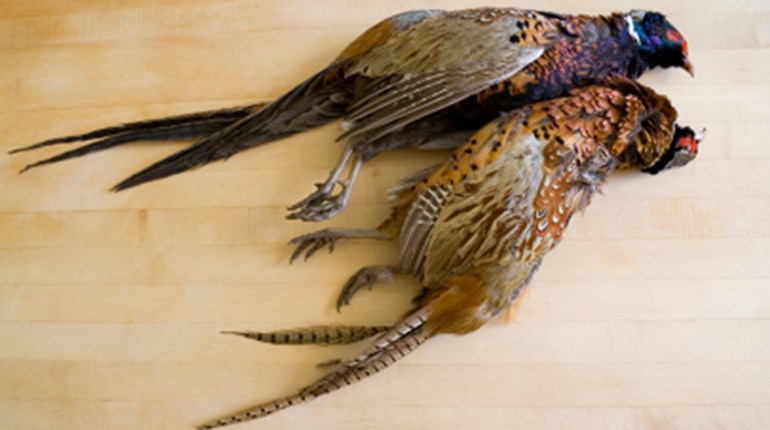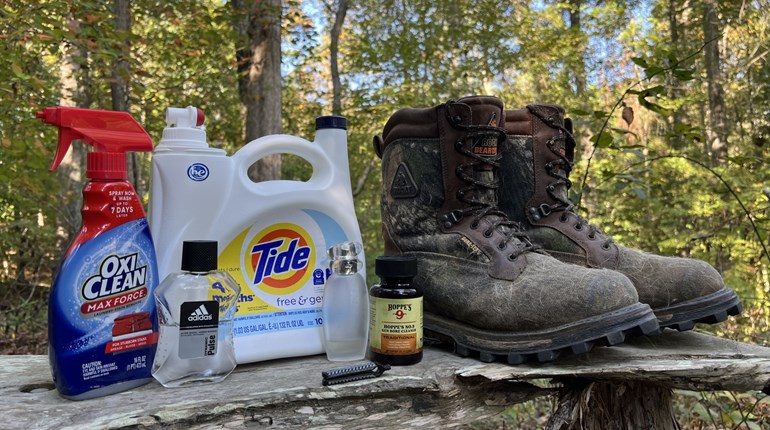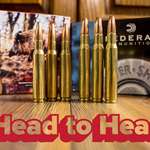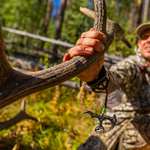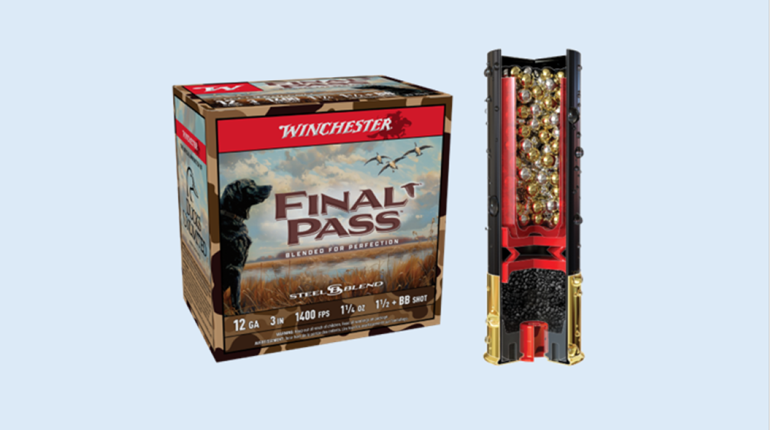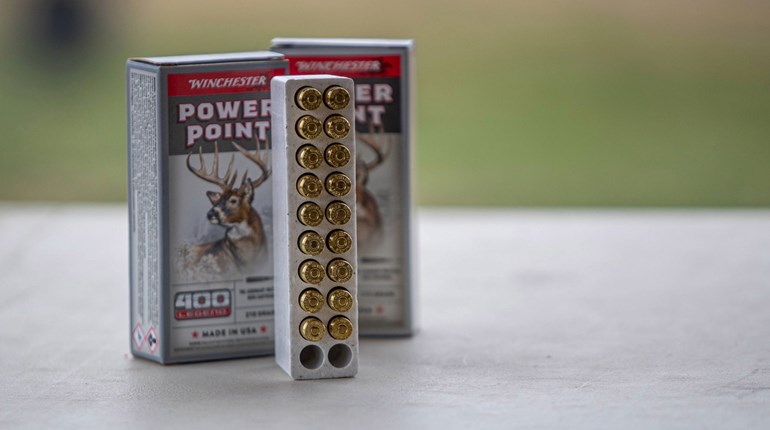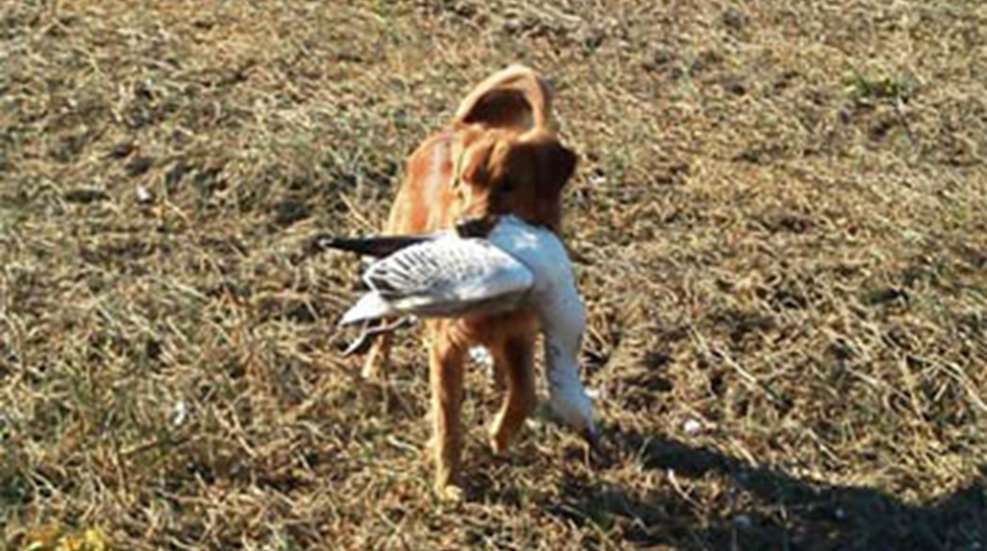
Ages ago serious breeders began selecting sporting dogs for a variety of inherent abilities like endurance, point, steadiness, “biddability,” speed and especially nose. But somewhere along the line speed took over. Call it high-octane, or maybe “enthusiasm exceeding experience.”
To test their dogs, sportsmen devised competitions commonly called field trials or tests. Like many contests, some evolved into goals in and of themselves with ever more remote connections to real-world hunting conditions, leading (critics claim) to genetics that emphasize qualities unneeded by typical, modern foot-hunters. In fact, many traits that win blue ribbons for trial dogs win nothing but frustration and cursing from hunters. The only thing blue in the hunting fields are the faces of desperate men who shout in fruitless efforts to get their “field champion” dogs to hunt in the same township.
So, if you are primarily a “meat hunter” you might want to avoid purchasing a field-trail champion dog. Or not.
According to most pro trainers who are also serious hunters, the best dog for you depends on how you hunt, the dog’s bloodlines and the kind of field trials to which it’s been tailored. Field trials, hunter retriever tests, AKC hunt tests, NAVHDA tests, and others score dogs for slightly different performance parameters. During field trials, dogs usually compete against other dogs. During hunt tests, they compete against a standard. Any trial or test can promote high-octane dogs that casual hunters often find excessively energetic, but some are designed to not do this.
The classic performance appreciated in field-trial pointing dogs is a big-running dog that covers vast terrain quickly and thoroughly. The classic foot-hunter complaint is, “I want the dog hunting for me, not me hunting my dog.” The standard pro trainer argument in favor of high-power dogs is that it’s easier to throttle back a dog than to light a fire under a lackadaisical dog, so “breed for the gusto.” The counter-argument is, “I don’t have the time, patience or expertise to handle that.” In short, most hunters would rather buy the genetic tendency toward “biddability” than manic zeal.
Genetics aside, field-trial dogs are trained differently than average real-world hunting dogs. Some hunters may want a dog that constantly looks for direction, while others may want a dog that does its job without having to be under thumb at all moments while afield.
For example, some retriever tests rate a dog high if it maintains a straight line during a retrieve. Instead of showing initiative and smarts by running the bank or taking another shortcut resulting in a faster retrieve, the dog is supposed to blindly obey operator commands. Many hunters think this is stupid; getting to the bird faster makes more sense. But pros point out that the longer a retrieve, the more important it is for the dog to follow directions, since it may not have even seen the bird fall. How do you take a shortcut to that?
So where does all this leave you? In the driver’s seat. You get to make the decision.
Are you willing to sacrifice genetic predilection toward superior performance and razor-sharp handling in exchange for an easy-going dog that trains easy, stays relatively close and does an acceptable if not outstanding job? If so, shop for breeders offering that. If you desire perfection—and have the time and skills to train—look to kennels that breed field-trial performance.
While shopping, ask pointed questions and lots of them. More importantly, get references and watch the sire and dam hunt or perform/handle if possible. Don’t put too much value in third- and fourth-generation progenitors. It’s mom and pop that make the pup. But do pay careful attention to the overall history/performance of a breeder’s line. Twenty generations of easy-going hunting dogs aren’t going to suddenly throw a litter of warp-drive field champs—and vice versa.
Then train your dog to your style of field trialing, hunting or a combination of both.














